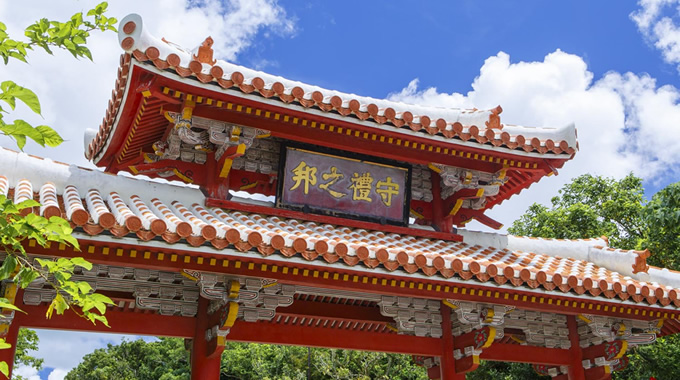
It seems that an emergency meeting was held in Kyoto’s “World Heritage” following the Shurijo Castle fire.
Emergency meeting at Kyoto’s “World Heritage” following Shurijo Castle fire
You can see that it was a very shocking event for various parts of the industry.
It was said that the consciousness of reconfirming the inspection and reinforcement of existing facilities was shared.
But we have a question.
This is because the content discussed here seems to be exactly the same as what has been talked about for a long time.
I would like you to read the contents of the meeting, but basically the discussion is “How to extinguish a fire after it starts burning?”
In the first place, the idea of ”let’s not burn.”
You have to tolerate burning first.
In the case of the Shurijo Castle fire, when the fire is suddenly blown up and the hands of the fire are suddenly enlarged, it will be almost difficult to respond, and if a little fire comes out, cultural properties such as literature will easily disappear I will. How do you protect a mountaintop shrine where a fire truck cannot enter? Once you start burning, you can’t stop.
However, there seems to be no discussion so far and this time, “Can’t you burn it in the first place?”
As a company studying the incombustibility of wood, every time we hear the news of such a historic building fire, we feel terrified, but this time we feel that the wall cannot be overcome.
We are regularly contacted regarding the protection of historic buildings. And I happened to be informed today that a historic building restoration project is considering flame retardant treatment inside a wooden building.
Judging from the story, it seemed to have been premised on providing flame retardancy from the beginning of the plan, and it seems that there was no immediate measure taken due to the impact of this Shurijo Castle fire.
In this way, it is not uncommon for new restored buildings to be created to adopt the concept of flame retardancy.
However, there are still no plans for flame-retardant construction of existing historic buildings, and we are concerned that various hurdles may not allow us to do so.
In the case of this Shuri Castle fire, it is a restoration project in the first place, and since it has been fired many times in the past, it is necessary to consider building materials themselves with flame-retardant materials instead of external measures. Wasn’t it?
In the modern era, various building material manufacturers are narrowing their wisdom to produce many flame-retardant building materials.
Our company is also involved in the production of flame-retardant building materials in cooperation with those manufacturers.
However, the usage is limited due to the fact that the cost is still slightly higher than normal products.


If these flame-retardant building materials become more widely used in ordinary houses, we believe that accidents due to fires in winter may be reduced.




